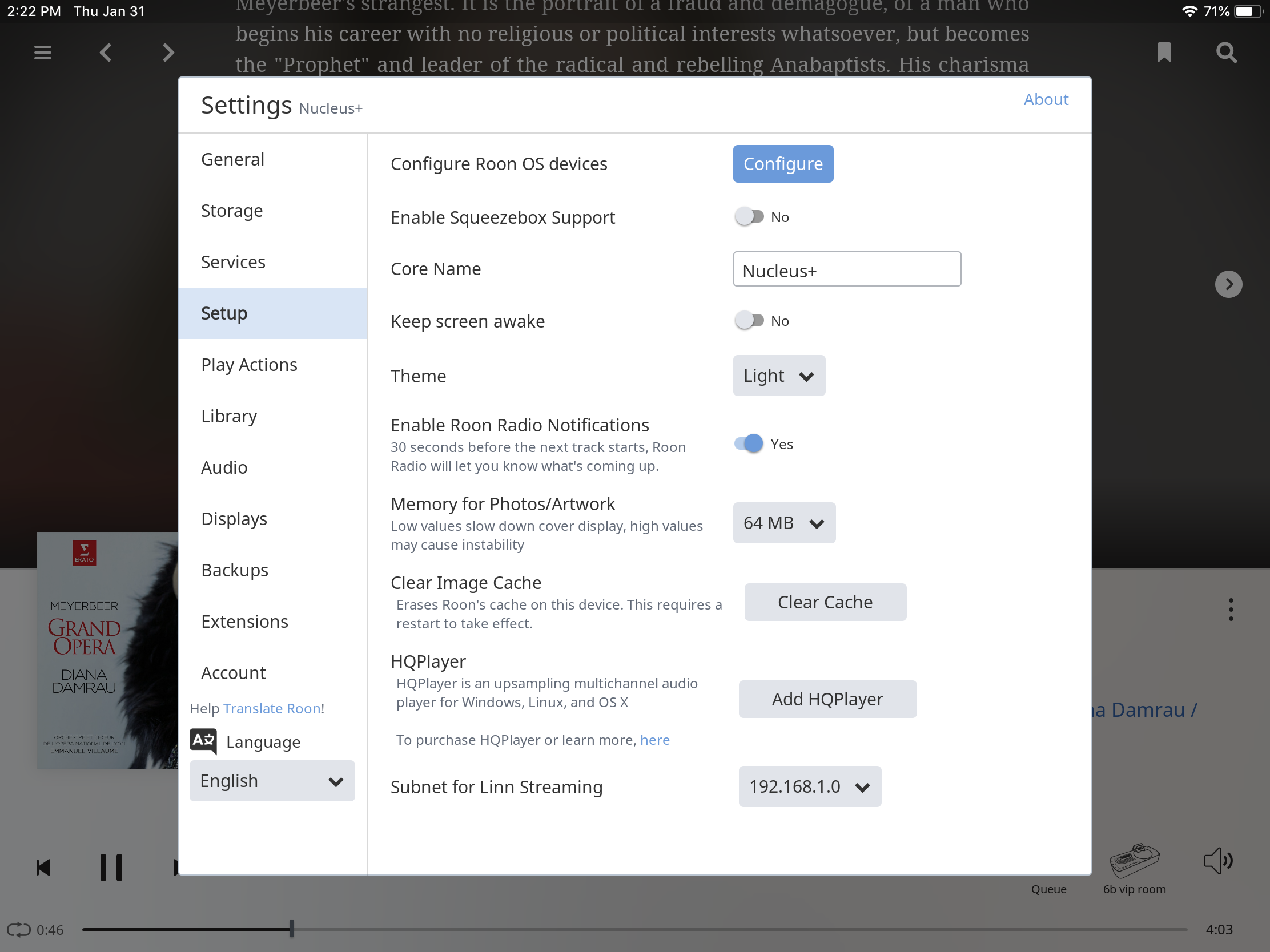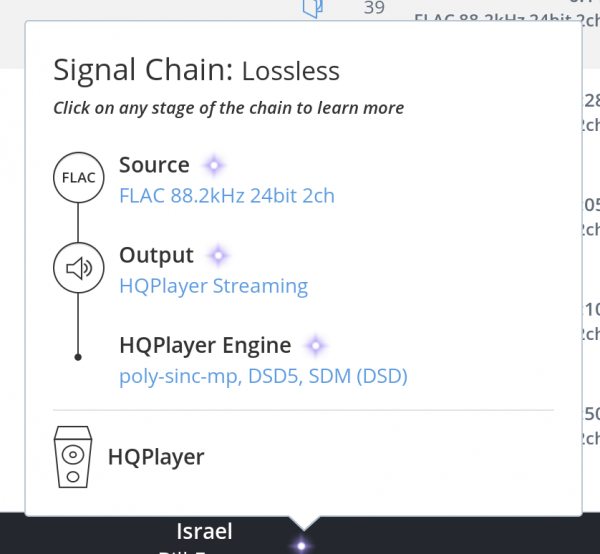

6 are concluded with this second instalment, and a recording of the concerti grossi Op. The players of the Akademie für Alte Musik Berlin, led by their concertmaster Bernhard Forck, demonstrate why many consider them the best baroque ensemble of today. With these pieces, written in London towards the end of his career, Handel paid tribute to the immensely popular concerti grossi of Corelli while simultaneously proving his mastery, incorporating all musical styles of his times into his work. Originally designed as attractive interludes to English oratorio performances, Handel’s concerti grossi soon gained fame as some of the most appealing orchestral music of the baroque era. The Akademie für Alte Musik Berlin continue their Handel trilogy with this recording of the last six concerti grossi of the composer’s Op. This music is also available as part of this bundle. He's even going with fibre optical isolation, so this should take it up another notch.Here is the link to Handel Concerti Grossi – Part One at the NativeDSD Music Store. His I7 Imac in his office will be the server for the whole house. I'm setting up a system like this for a guy.
#Hqplayer 2.9 key mac
Running HQplayer direct on the Mac mini is worse yet.Īnother bonus is, you can have as many of these renderers as you want, 1 for each room, but only 1 server required to run it all.
#Hqplayer 2.9 key windows
I'm thinking because it has a low noise footprint.įor example, running the HQ player NAA daemon on my mac mini on both Windows on bootcamp and OSX, the sound is nowhere near as good. The sound from this computer is much better than the higher powered NUC's I've tried. So all that's enabled is the LAN and USB bus. Also this unit allows shutting down almost all of the unrequired peripherals in the Bios. The sound is much much better than connecting direct to a computer running Windows or OSX. You won't get a more direct path from a computer than this. And also by running it on a real time optimized for audio version of command line Linux, it takes all the windows layers of extra processing out of the picture. It uses a FIFO buffer to buffer all audio into the RAM in the renderer, and sends a stream direct to the DAC. The whole NAA system was designed to isolate the DAC from the server doing the heavy lifting.
#Hqplayer 2.9 key software
You don't get as good of sound connecting the DAC to the server PC with HQ player, or any software for that matter. I7 processor for the server is best if you want to resample all PCM to DSD 256. Once the Roon/HQplayer integration is ready, you will just have to do initial setup, and all you will ever need is the Ipad GUI to run everything. You can even use an office computer to run the Roon/HQplayer in the background. Yes you need a server PC to run HQplayer/Roon on. If anyone is interested in this, let me know. If your DAC is PCM only, upsample to the highest compatible PCM rate for the best sound. And if it has a chip, you will still get the best sound resampling to the highest DSD rate compatible.

If your DAC happens to be of the chipless DSD variety, this system will be able to give you the best sound possible by using HQplayer to resample all PCM to DSD 256, as well as the best sounding native DSD. Once that's done, it's configured forever.Īfter that, pop the USB stick in the rear port, plug an Ethernet cable connected to your network in the DAC, USB cable to your DAC and 10 seconds later it's ready to connect with any server on the network running HQplayer. So all you'll have to do for initial setup is pop the RAM chip in, power up connected into a monitor, keyboard and mouse and disable unnecessary features in the BIOS by holding in the F2 key. for even better performance, a LPS can be used to power the streamer. Those 2 items is all the hardware required. This will allow Tidal, and local files to all process through HQplayer's DSD upsampling algorithms, and control via the best mobile app GUI around.

But that will soon be a thing of the past with the HQplayer integration with Roon. It also allows taking the server out of the listening room. This is the best way possible to listen to HQplayer. I've set it up specifically as an NAA device for HQplayer. It also uses quality Intel hardware that comes with a 3 year warranty, and is also fanless. Simplicity and ease of use is another big bonus with this system. Think of it like a streamer such as the Auralic Aries, but optimized to deliver even better sound. I've gone through several pieces of hardware and software so far, and have come up with an incredible budget system. I've been tinkering with a streamer device for a good 8 months now.


 0 kommentar(er)
0 kommentar(er)
